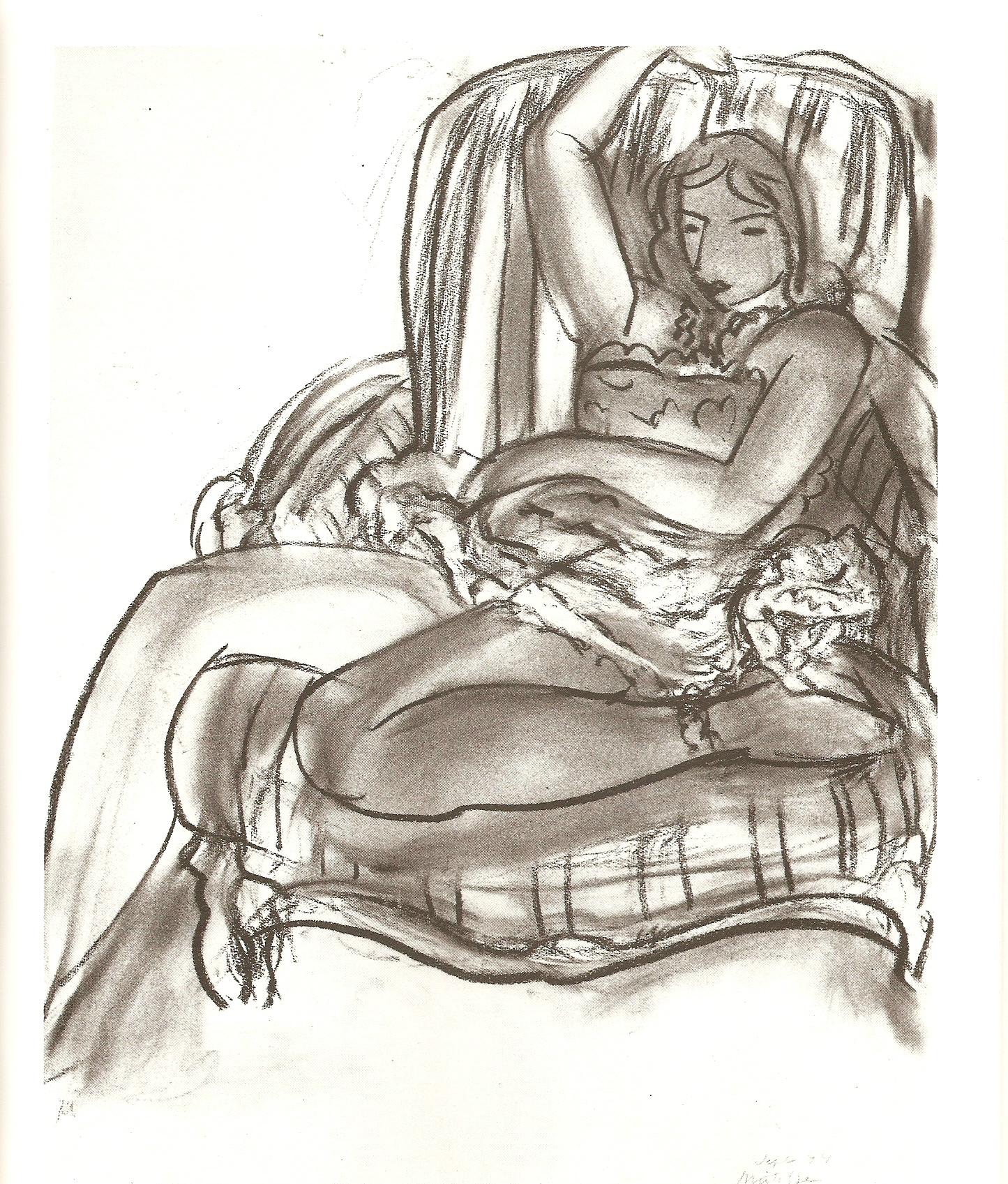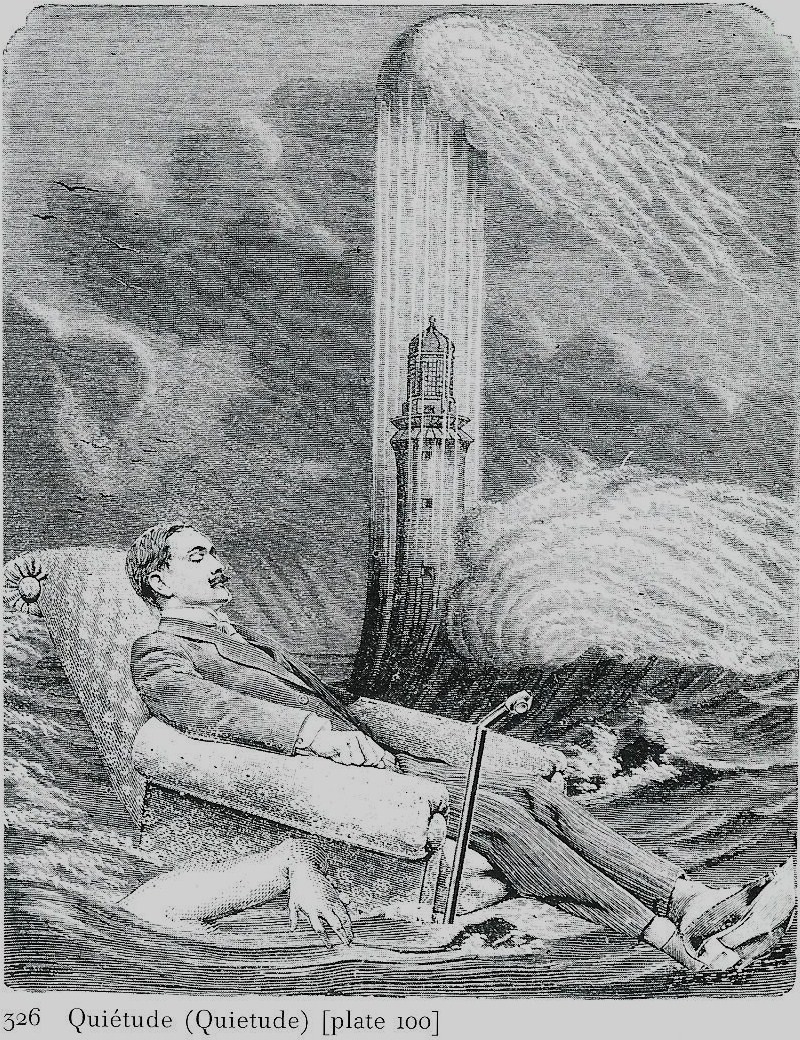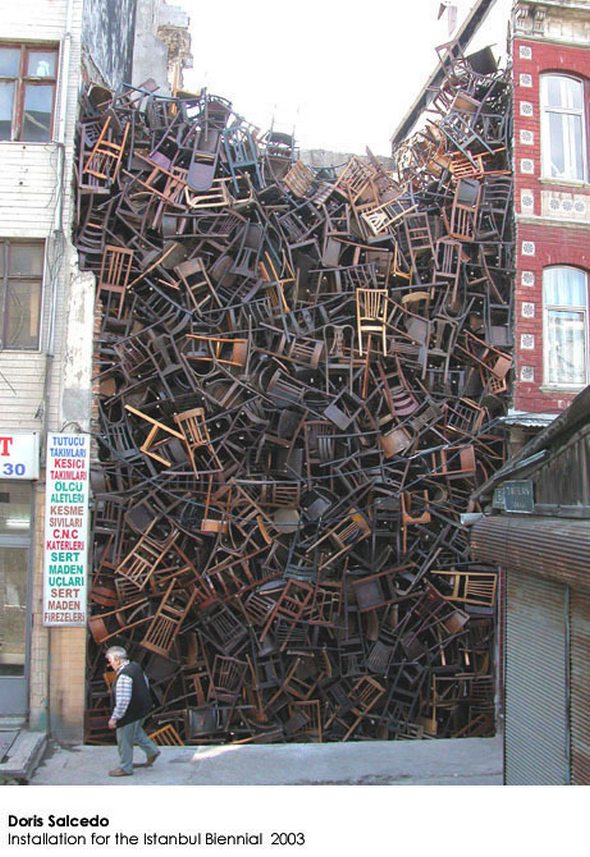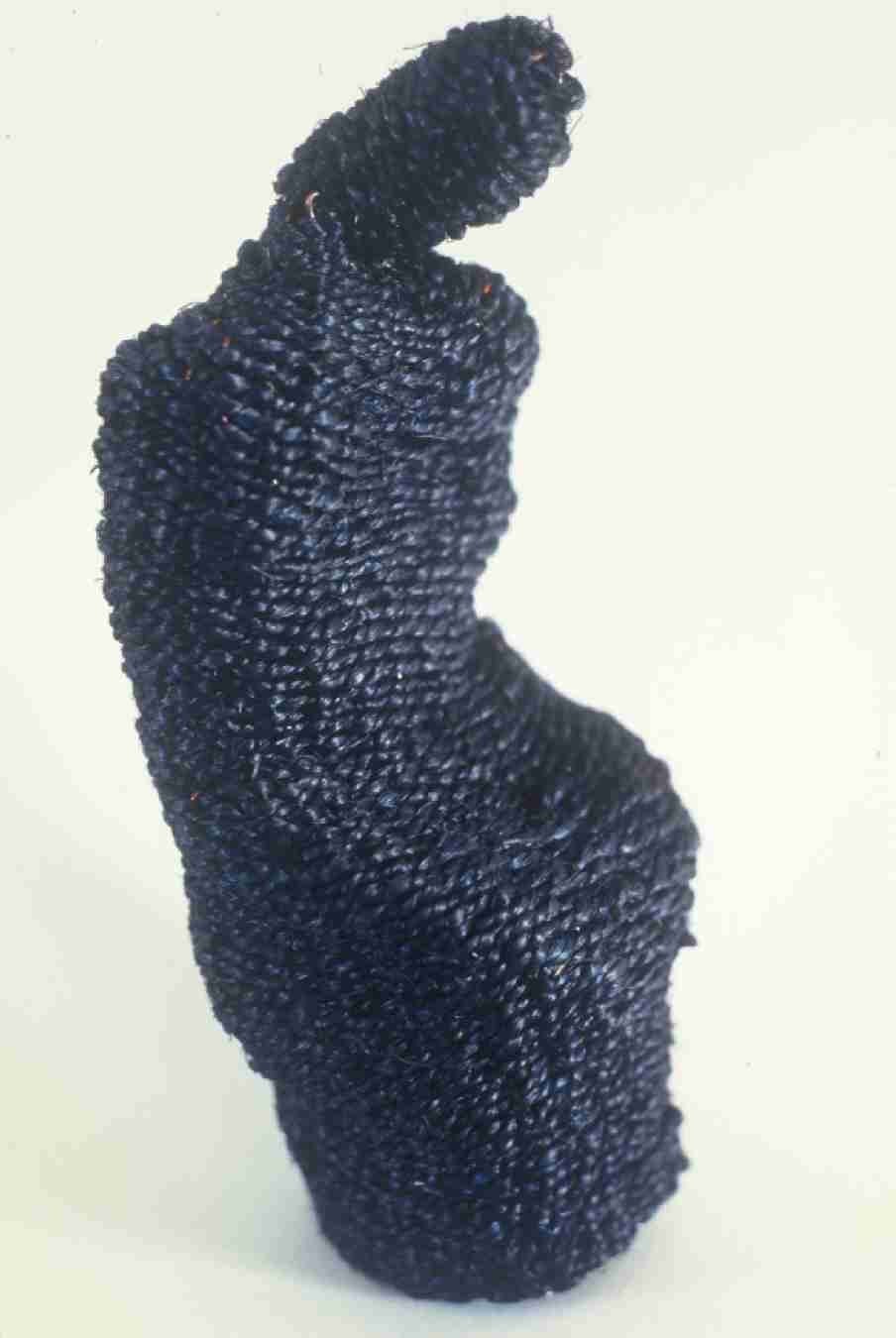It is Henri Matisse’s most controversial saying. “What I dream of is an art of balance, of purity and serenity, devoid of troubling or depressing subject-matter, an art which could be for every mental worker, for the businessman as well as the man of letters, for example, a soothing, calming influence on the mind, something like a good armchair which provides relaxation from physical fatigue.” Critics pounce on this quote, arguing that Matisse’s concern for beauty leads to comfort on the part of the viewer, indulgence, complacency. It is no way to change the world. But let’s be fair to Matisse. The artist took up art relatively late in life–at the age of 20–while recovering from an operation. Art was a form of therapy. The armchair simile may be Matisse’s way of saying that art has healing or restorative properties. Restful as the chair may be, in the charcoal drawing above, the ballerina in it seems to dancing. She is at once at rest and in motion, limp but graceful. As a dancer, she is also an artist, so Matisse may be commenting on his own process. Art involves both activity and its opposite.
How else is art like an armchair? Art needs a viewer–an armchair with a body in it. Art makes us stop and comtemplate. Art takes time–it takes time to make, it takes time to digest, to sink in. At some point, the viewer engages with the work and changes the work.
In a collage for Max Ernst’s collage-novel, La Femme 100 Tetes, 1929, a man falls asleep in an armchair and dreams of phallic shooting jets and flooding waters. He is the respectable bourgeois man whose unconscious reveals unspeakable desires, chaos, fears.
Other artists use chairs to challenge our understanding of media. Robert Rauschenberg is an artist famous for merging large three-dimensional objects with flat canvases in a way that blends painting and scultpure. In one work, Pilgrim, 1960, a paint-splattered chair sits beside a paint-splattered canvas. Conceptual artist Joseph Kosuth does something similar by placing a real chair beside a photograph of a chair and a dictionary definition of a chair. Chairs are at home in surrealist art, abstract expressionist art, conceptual art. They take on meanings that range from bourgeois to anti-bourgeois. They are even political.
Colombian artist Doris Salcedo makes artwork using chairs she collects from the families of the victims of state violence. These victims have been abducted and made to disappear from the political scene. Salcedo displays their chairs as symbols of voices that have been silenced. In the installation at right, the chairs are stacked in an urban crevice like bodies in a mass grave. In other works, Salcedo encases chairs, writing desks and other pieces of furniture in blocks of cement. They function like repressed memories; vanished people whose presence continues to haunt us.
Dawn MacNutt is a Canadian artist who merges craft and fine art sculpture. Her Man in a Black Coat, 1985, made of woven rope and willow, creates a fusion of half-man, half-chair. Here we feel the identity of a ghost-like being struggling to come to life. MacNutt depicts a world of flux and metamorphosis, embracing human frailty in her frequently bowed and hollow figures and in her use of discarded materials like ditch-growing weeds and cast-off rope.
Art is like an armchair. Matisse’s simile takes us from the notion of comfort and luxury to that of therapy, self-healing and contemplation. The simile suggests the role of the viewer in completing a work of art. It evokes dreaming and the unconscious, expanding traditional media into realms of multimedia and conceptual art. It marks the place and memory of missing persons and serves as a lingering political protest. It also merges boundaries of art and non-art, where the possibility of transformation and the energy of imagination engage in a productive interaction.



